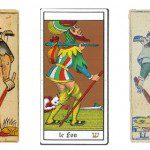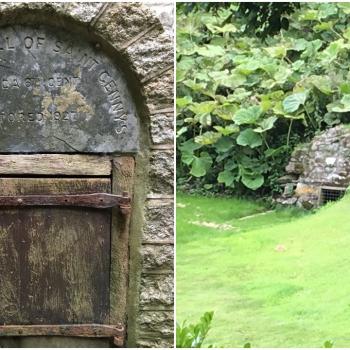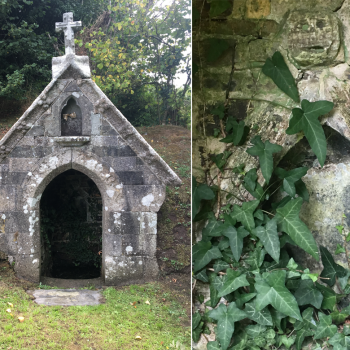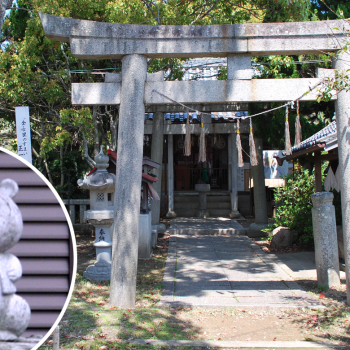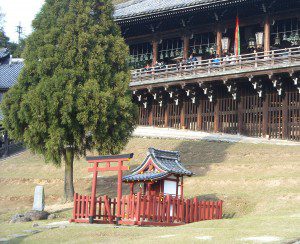
3. Shinto is deeply entwined with Buddhism
One very interesting aspect of Shinto is its relationship with Buddhism, Japan’s other main religion. In modern Japan, the two are greatly syncretised with a lot of overlap in symbolism, rituals, festivals and even deities. On the surface, the two religions are about as different as Paganism and Christianity – Shinto is a collection of mostly Japanese folk beliefs while Buddhism is based on the doctrines set down by the Indian Gautama Buddha that came to Japan via China. And yet they are complementary, serving to fill in the “gaps” that may exist in their practises. For example, Shinto has little to say about death compared with Buddhism, so funeral practises in Japan are usually Buddhist in nature. But Buddhism is perhaps not as focussed on worldly matters like community and making a living, and so Shinto takes up the mantle when it comes to festivals, agricultural rituals and family rites of passage. This is why it is often said that Japanese are “born Shinto and die Buddhist,” referring to the tradition of an individual being blessed at a Shinto shrine at birth but being cremated in the Buddhist fashion upon death.

